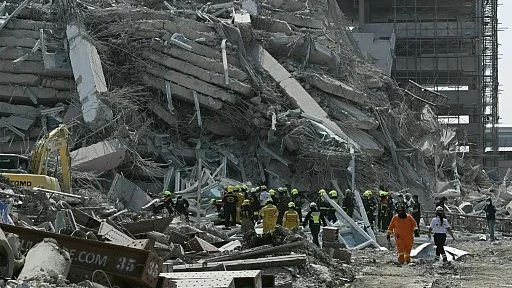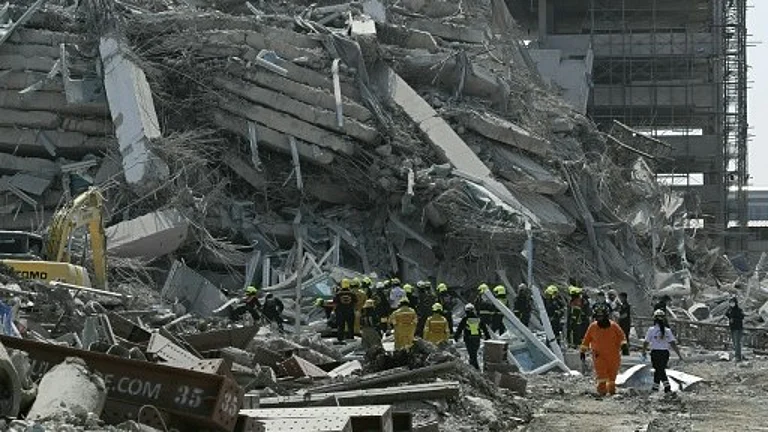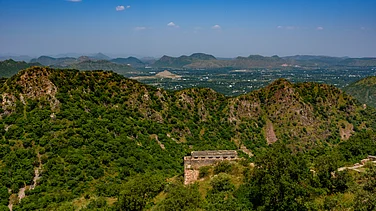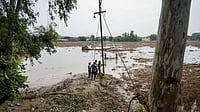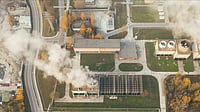The death toll from the massive 7.7 magnitude earthquake that struck Myanmar on March 28 has risen to 3,085 as the rescue teams found more bodies, reported Associated Press.
The epicenter of earthquake was near Mandalay, Myanmar’s second-largest city. It caused the collapse of thousands of buildings, as well as destruction of roads and bridges in multiple regions. According to local media reports, casualties have been much higher than the official figures, with widespread telecommunications outages and many places difficult to reach. The death toll is expected to rise sharply as more details come in, reported Associated Press.
The World Health Organisation (WHO) told Associated Press that its initial assessment indicates the destruction of four hospitals and one health, center while another 32 hospitals and 18 health centers have been partially damaged.
“With infrastructure compromised and patient numbers surging, access to health care has become nearly impossible in many of the worst-hit areas,” the UN told Associated Press. “Thousands of people are in urgent need of trauma care, surgical interventions and treatment for disease outbreaks,” it added.
The earthquake has left many people homeless, with many staying away from their homes over fears of ongoing aftershocks that could bring them further destruction.
Upcoming Challenges
On April 3, global aid bodies warned that extreme heat and heavy rain in Myanmar pose risk among earthquake survivors camping in the open, according to Reuters.
The WHO indicated a growing risk of cholera and other diseases in the worst-affected areas, such as Mandalay, Sagaing and the capital of Naypyitaw, while preparing $1 million of relief supplies, including body bags.
"Cholera remains a particular concern for all of us," Elena Vuolo, the Deputy Head of its Myanmar office, told Reuters, pointing to an outbreak last year in Mandalay.
The risk was exacerbated by the damage to about half of healthcare facilities in the quake-hit areas, including hospitals destroyed by the quake in Mandalay and Naypyitaw, she added.
Skin diseases, malaria and dengue are expected to emerge from prolonged crises, she added.
The threat of unseasonal rains also looms over the hardest-hit areas, expected from April 6 to April 11.
"If that hits, we've got people, lots of people now, in temporary shelters, makeshift camps out on the streets and that's going to be a real problem," Titon Mitra, the Myanmar representative of the United Nations Development Programme told Reuters. He also raised concerns about the potential for a waterborne disease outbreak.





